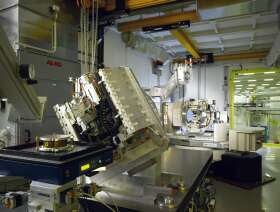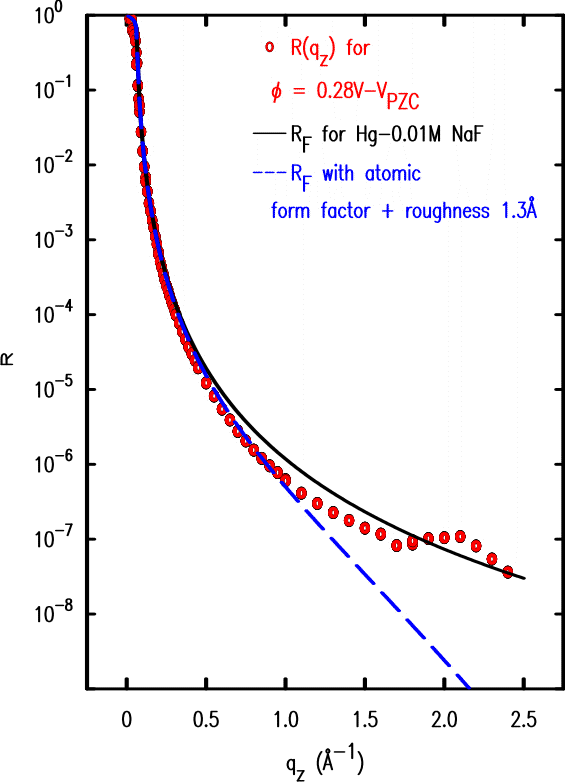Institute of Experimental and Applied Physics, Christian-Albrechts-Universität zu Kiel
Liquid InterfacesLiquid-liquid and liquid-gas interfaces play an important role in a wide variety of different scientific disciplines, from biology to chemical processing and environmental science. Such systems are found all around us, for example in biological membranes, vesicles (drug delivery), and emulsions (milk, cosmetics). While solid interfaces have been extensively investigated there are many open questions relating to liquid interfaces: How do atoms and molecules behave at a liquid interface, which arrangements are energetically most favourable, how does the structure of liquid interfaces influence important physical and chemical properties, such as transport through the interface and interface reactions? We use the high brilliant X-ray beams of modern third generation synchrotron sources to study the atomic structure at these interfaces and have designed a dedicated liquid surface diffractometer (LISA) which is now operational at the High Resolution Beamline of PETRA III in Hamburg. Within several international collaborations with scientists in the USA, Israel, and Denmark we also develop new methods in X-ray diffraction to aid understanding of the physics of liquid interfaces such as in liquid metals where, unlike water, atomic layering close to the interface occurs. We further aim at understanding adsorption at liquid-liquid interfaces, including the formation of nanostructures by interface reactions, and to study the structure of biological relevant model membrane systems. Exploiting our experience with electrochemistry we can look at these systems in a controlled environment allowing us to vary key parameters such as concentration, surface tension and potential. |

|
| liquid surface diffractometer (LISA) | |

|
|
Contact: Dr. Bridget Murphy
Funding: BMBF Verbundprojekt 05KS7FK3